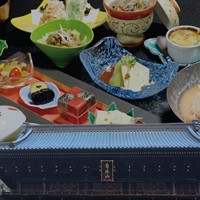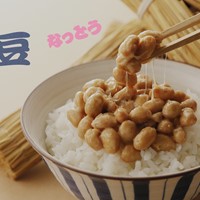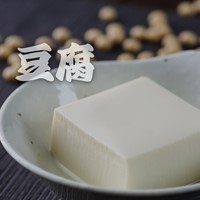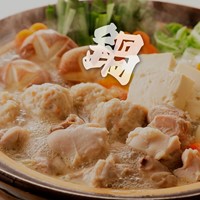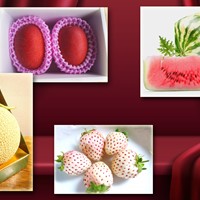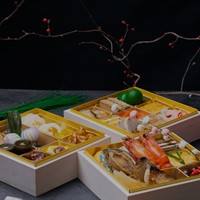Japanese Preserved Foods: A Guide to Traditional Preservation Methods
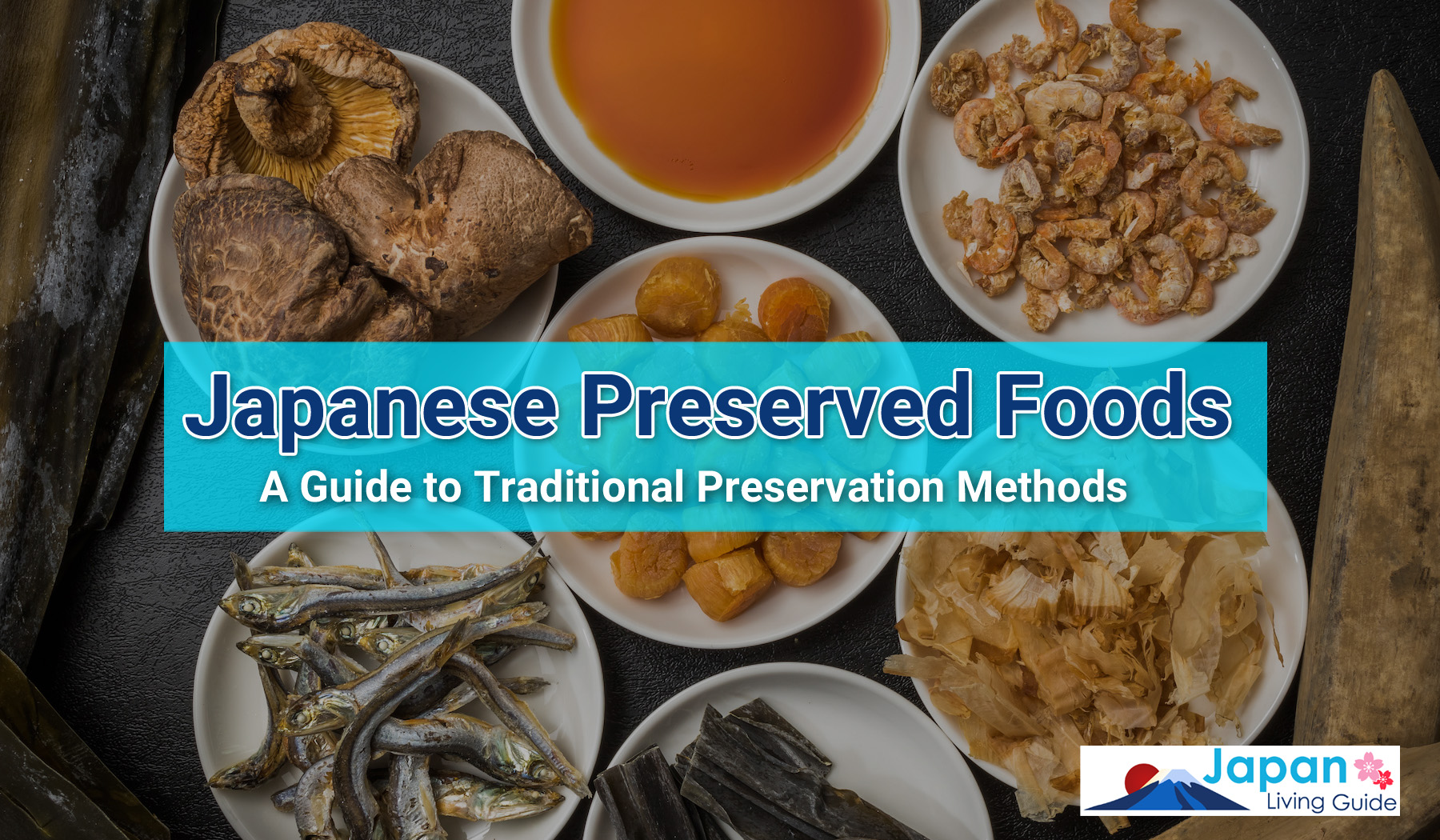
This page contains affiliate links.
Preserving foods is an inherent part of many cultures, especially the unique methods, and dishes that evolve as part of the preservation. Japanese culture also has several unique preserved foods, methods, dishes, and even specific reasons for preservation. Many of these preserved foods may be familiar, while others may be new ingredients to incorporate into your cooking and food preparation. Here we will go through some of Japan’s most common preserved foods and methods.
Why Preserved Foods Are Important

Preserved foods have been a crucial part of human life for various reasons. Initially, food preservation was necessary for storing food for extended periods before refrigeration was widely available. This was especially important in regions where certain food items only appeared for short periods, such as mountainous areas with seasonal vegetables that could not be grown during winter. Preserved food has been crucial in food shortages, both on a seasonal and larger scale. Additionally, preserved food allowed for increased portability of food, providing more food reliability when traveling, primarily through rural areas.
Disaster Preparedness: Stockpiling and Emergency Food in Japan >>
Another unique benefit of preserving food is making the best use of it. This involves utilizing all parts of the food, including the internal organs of animals or parts of plants that we cannot eat raw, to create edible food. In Japanese culture, preserved food is significant and often served at weddings, funerals, and local festivals. From the Edo period to the Meiji and Taisho periods, there was a custom of having a certain dish served at ceremonial event, so it was necessary to prepare dried or salted food for use at any time.
Preserved food has been significant in Japan for cultural and practical reasons for a long time.
Ways of Preserving Food & Popular Japanese Dishes
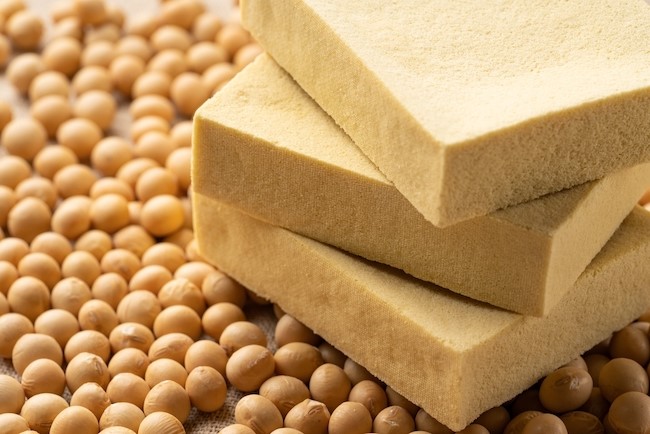
In Japan, numerous techniques for preserving food have been developed over time, each suited to specific types of food and resulting in various end products. Here, we will explore some of the most widely used methods and the popular dishes made by employing them.
Click the image(s) to see details or purchase the products.
Drying
This is a popular method for preserving various kinds of food. Several techniques include air-drying the food, salting it before drying, or cutting it into thin strips before drying. The drying process itself involves either hang-drying or flat drying. Some of these foods may need to be soaked in water to rehydrate before they are used in cooking.
Popular Dried Foods
Some popular dried foods include dried fruits, as is common worldwide, dried kelp and other seaweeds, dried fish, and dried meat. Simply soak the radishes and vegetables when it's time to cook them.
Salting
Salt preservation is one of the oldest and most widely used methods of food preservation and involves keeping the food in salt to dehydrate it. Other preservation techniques, such as fermentation, can follow this method. Salting is effective in preserving a wide variety of foods.
Popular Salt-Preserved Foods
Salted foods are often pickled and are widely popular in Japan, where they are known as tsukemono. Umeboshi, a pickled sour plum, is a beloved example of salt-preserved food. Salted fish and ham are also common examples.
Smoking
Smoking is a widely used method of preserving food that enhances or alters the existing flavor of the food. Smoking forms a protective film on the food's surface that prevents the growth and formation of bacteria, which helps preserve the food for a longer time.
Popular Smoked Foods
Meats, ham, salami, fish, and beef are some of the most commonly smoked foods for their unique and delicious flavor. In Japan, smoked bonito flakes (katsuobushi) made from skipjack tuna and smoked with oak are a staple in Japanese cuisine and add flavor to many dishes.
Freeze Drying
Freeze drying, often associated with modern preservation techniques and machines, has roots in traditional methods. These methods employ the cold of winter nights to dry foods. In the past, some foods were cut thinly and left outside overnight to freeze dry and later boiled, steamed, or stir-fried before eating.
Popular Freeze-Dried Foods
Freeze-drying is commonly used to preserve tofu and ager(kanten). Some areas still make traditional freeze-dried tofu using the snow in the middle of winter. Freeze-dried radishes are another popular food prepared using this technique.
With Oil or Alcohol
Oil and alcohol are commonly used as secondary methods to ensure the safety and quality of preserved foods. Typically, you dry food using salt before preserving it using oil or alcohol. In Japan, mirin, or sake, is commonly used as an alcohol preservative.
Popular Foods Preserved with Oil or Alcohol
Various vegetables, such as cucumbers and eggplants, are commonly pickled using oil or alcohol solutions. Sardines are a popular fish often preserved in oil. At the same time, umeshu, a Japanese plum wine, is made by preserving plums in alcohol and sugar.
With Sugar
Sugar is a popular method used worldwide for preserving fruits by making jams and relishes. The high sugar content in the preserves works similarly to salt by drawing moisture from the food and inhibiting the growth of bacteria. The heat applied during the jam-making process also helps to evaporate the water content, aiding in preservation. Sugar is excellent for creating sweet foods and new recipes from base ingredients.
Popular Foods Preserved with Sugar
Jams and marmalades are the most common foods made using sugar-preservation techniques, using a range of fruits similar to those used in Western cultures. Another popular food made using sugar preservation methods is yubeshi, a Japanese confectionery flavored with yuzu and walnut and produced using a rice flour base. Yubeshi lasts for long periods.
With Vinegar
Preserving food with vinegar is a popular method, often used with other preservation techniques. Like oil and alcohol preservation, vinegar is commonly used as a secondary step. Vinegar is a crucial ingredient in pickling solutions.
Popular Pickled Foods
Many pickled foods involve vinegar as a preserving agent. A typical example is pickled ginger root or 'gari.' This ginger is pickled in plum vinegar, which adds flavor and gives it a distinct pink color. Gari is a common accompaniment to sushi. Vinegar is also used in the production of marinades and pickled fish.
Fermented
Fermentation is a popular method of preserving food that utilizes the natural processes of food and microorganisms to create a different food. Some common fermented foods worldwide include nukazuke, kimchi, kombucha, and various types of cheese.
Popular Fermented Foods
In Japan, there are several popular fermented foods. Miso, a base ingredient in various soups, broths, and sauces, is fermented during production. Natto is another famous fermented Japanese food. Although divisive, it is known for its health benefits and is widely used in traditional and modern Japanese cuisine.
Preserving Food with Japanese Ingenuity
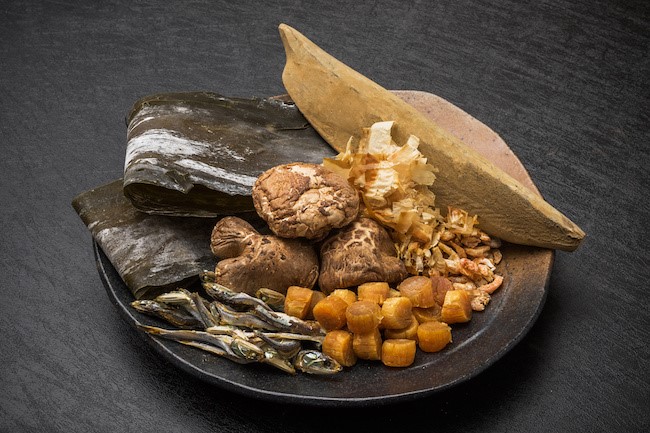
Despite the challenges presented by Japan's humid climate, preserving food has been an essential part of Japanese culture for a long time. They developed several methods through experimentation and ingenuity to overcome the difficulties of the hot and humid weather during the warmer months.
One of the most effective approaches was to combine various preservation methods. Combinations involved salting as the primary method, followed by oil, alcohol, or vinegar in pickling. Takuan, a popular pickled radish dish, is an excellent example. Making it involves a combination of drying, salting, and fermentation techniques.
Japanese food preservation also includes fermentation, which uses the natural processes of food, enzymes, and microorganisms to create new foods. Miso, natto, and soy sauce are some of Japan's most popular fermented foods.
Japanese Preserved Foods Are Delicious
Japan's unique climate and geography have inspired many ingenious preservation methods that have become a part of its rich cultural heritage. By exploring the techniques and foods mentioned in this guide, you can discover the history and diversity of preserved Japanese foods and add a delicious and authentic touch to your cooking.
Learn more about cooking and the rich complexities of Japanese food by checking out our many other articles on the subject here.
